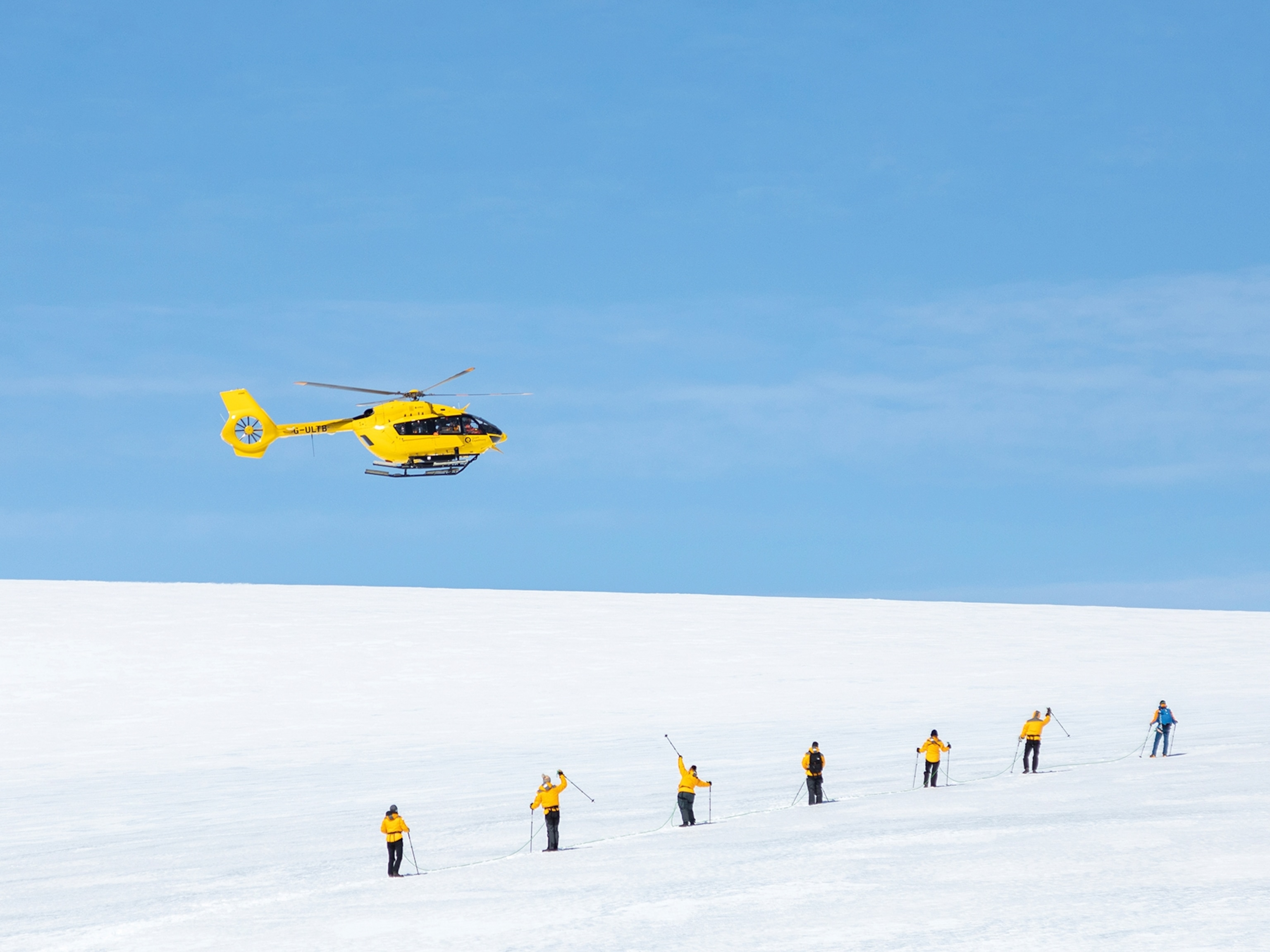
'Extinct' Bird Rediscovered in Myanmar, Surprising Scientists
Scientists found the Myanmar Jerdon's babbler alive and well during a recent expedition.
A bird thought to have gone the way of the dodo decades ago has been rediscovered in Myanmar (Burma), scientists reported Thursday.
A team led by the Wildlife Conservation Society stumbled upon the bird, a Myanmar Jerdon's babbler, last May while studying other birds in a small grassland area near an abandoned agricultural research station. (See "Pictures: Extinct Species That Could Be Brought Back.")
(Repost: The Dodo is Dead, Long Live the Dodo!)
Once they heard its distinctive call, the scientists quickly recorded it and played the recording back, prompting an adult Myanmar Jerdon's babbler to come investigate. The team caught the the first known glimpse of the animal since 1941, according to a Thursday press release from the Wildlife Conservation Society.
Over the next two days, the team found several more individuals of the "extinct" bird and took blood samples and high-resolution photographs.
The brown, sparrow-size bird (Chrysomma altirostre altirostre) is one of three subspecies of Jerdon's babbler, which are found throughout the river basins of South Asia.
Diminishing Habitat
First described by British naturalist T. C. Jerdon in 1862, the last known sighting of the Myanmar Jerdon's babbler happened near the town of Myitkyo (map), in southern Burma's Sittaung River floodplain.
Over the past century, the area has been transformed from mostly bird-friendly grasslands to a more human-dominated landscape of settlements and farms.
"Future work is needed to identify remaining pockets of natural grassland and develop systems for local communities to conserve and benefit from them," Colin Poole, director of the Wildlife Conservation Society's Regional Conservation Hub in Singapore, said in a statement. (Also see "First New U.S. Bird Species in Decades-Already Extinct?")
The key now, is to find out how much habitat is left where the babbler was rediscovered, says Richard Thomas, a council member of the Oriental Bird Club, which described the discovery in a recent issue of its magazine BirdingASIA. That will help conservationists figure out how to protect the animal and its remaining grassland home.
That the team found several birds is a "very good sign," Thomas said. "It suggests they're ... OK, and the habitat is still there."
Back From the Dead
This is not the first time scientists have rediscovered a species long thought extinct. In 2009, Worcester's buttonquail, a bird thought extinct in the Philippines, was photographed for the first time, before being sold as food at a poultry market.
Thomas noted that there are a few other species experts are hoping to find again, including the white-eyed river martin of Thailand, last seen in 1978, and the pink-headed duck, whose last confirmed sighting was in 1949.
"There's a slim chance some [pink-headed ducks] may still hang on in northern Myanmar—a challenge for any budding ornithologist to go out and make a name for themselves by rediscovering it," he said.
"Against the odds, these species are sometimes able to hang on."
Follow Christine Dell'Amore on Twitter and Google+.





